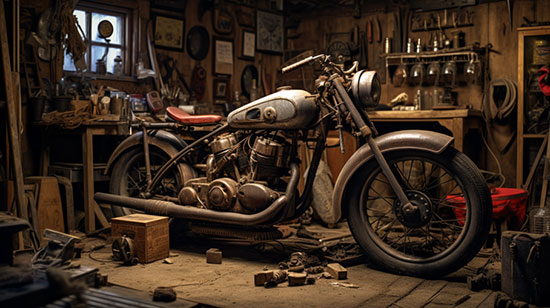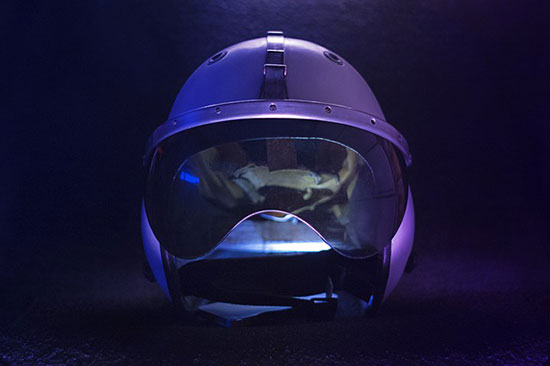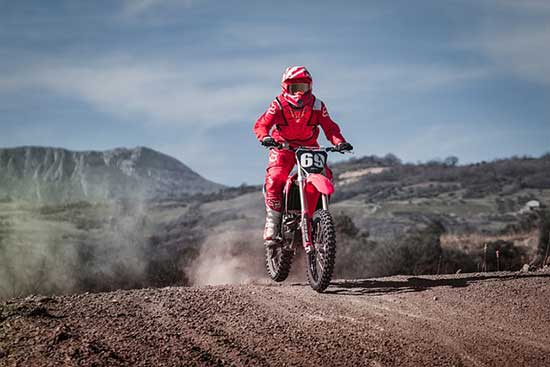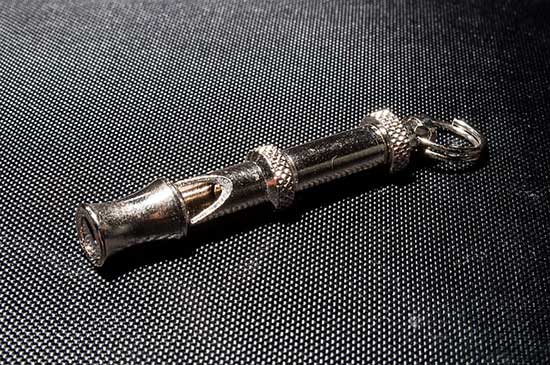Riding a motorcycle can be an exhilarating and liberating experience. However, it’s essential to practice riding safely and confidently before hitting the open road with a license.
Contents
Importance of practicing before getting a license
Practicing motorcycle riding before obtaining a license can significantly improve your skills and reduce the risk of accidents.
By familiarizing yourself with the motorcycle’s controls, balance, and maneuverability, you can develop a strong foundation for safe and enjoyable riding.
Closed-off parking lots
Large shopping centers
One of the best places to practice riding without a license is a large, empty parking lot. Shopping centers or malls with ample space can be ideal, especially during off-peak hours or on weekends when there is less traffic.
These spaces offer a flat, wide area perfect for practicing slow-speed maneuvers, turns, and stops.
Industrial areas
Another option is to find an industrial area with empty parking lots or streets with little to no traffic. These locations can provide a relatively safe environment for practicing without the risk of interfering with other road users.
Private property
Finding a suitable location
The private property offers another great opportunity to practice riding without a license. This may include a friend’s or family member’s property, or even a local business owner’s land.
The key is finding a flat, open area where you can safely maneuver your motorcycle.
Getting permission from the owner
Before using private property for practice, make sure you have permission from the owner. Explain your intentions and assure them that you will be responsible and respectful of their property.
Riding schools and courses
Basic RiderCourse (BRC)
A fantastic option for practicing motorcycle riding without a license is to enroll in a Basic Rider Course (BRC). Offered by various organizations, this course provides professional instruction, a controlled environment for practice, and often a motorcycle to use during the training.
Motorcycle Safety Foundation (MSF)
Another excellent resource for new riders is the Motorcycle Safety Foundation (MSF), which offers a range of courses to help riders of all levels improve their skills. Some courses may require a learner’s permit, while others are open to anyone, regardless of licensing status.
Legal considerations
Obtaining a learner’s permit
Before practicing motorcycle riding without a license, you should consider obtaining a learner’s permit.
A permit will allow you to practice legally on public roads under certain conditions, such as riding during daylight hours and avoiding highways.
It’s essential to check your local regulations to ensure you comply.
Insurance and registration
Even if you’re only practicing without a license, it’s crucial to have your motorcycle insured and registered.
This ensures that you’re financially protected in case of an accident and helps avoid potential legal issues.
Safety tips for practicing
Wearing the right gear
When practicing motorcycle riding, always wear the appropriate safety gear, including a helmet, gloves, boots, and a riding jacket with armor.
This equipment will protect you in case of an accident and help you feel more confident while riding.
Inspecting your motorcycle
Before you start practicing, inspect your motorcycle thoroughly to ensure it’s in good working order.
Check the tires, brakes, lights, and fluid levels. Address any maintenance issues promptly to avoid accidents and mechanical failures.
Practicing with a buddy
If possible, practice with a more experienced rider who can provide guidance, feedback, and support as you learn.
This mentor can also help you identify areas where you can improve and offer tips for mastering specific skills.
Conclusion
Practicing motorcycle riding without a license is an essential step toward becoming a safe and confident rider.
By exploring options like closed-off parking lots, private property, and riding courses, you can gain valuable experience before obtaining your license.
Always prioritize safety by wearing the appropriate gear, inspecting your motorcycle, and following legal requirements.






